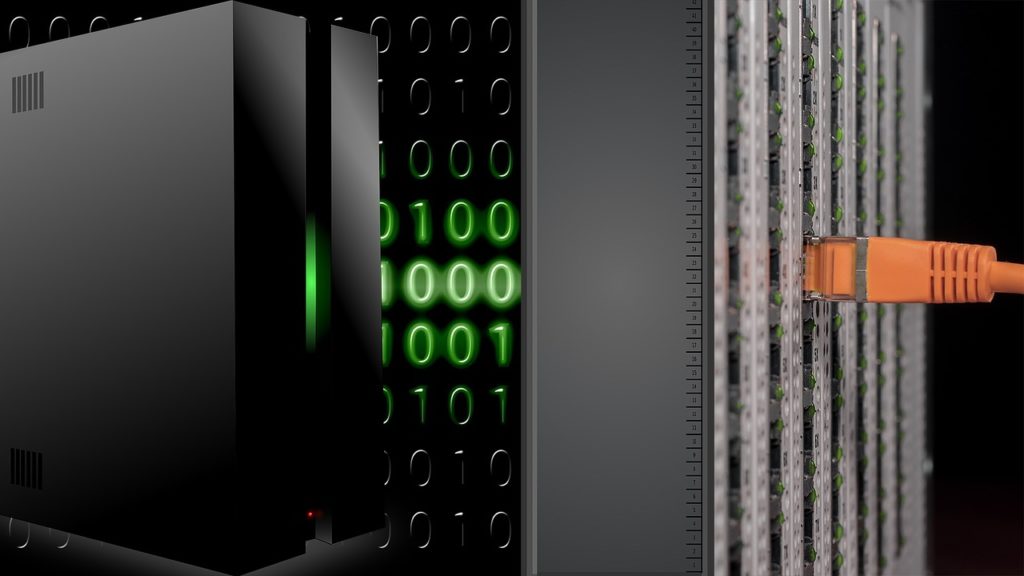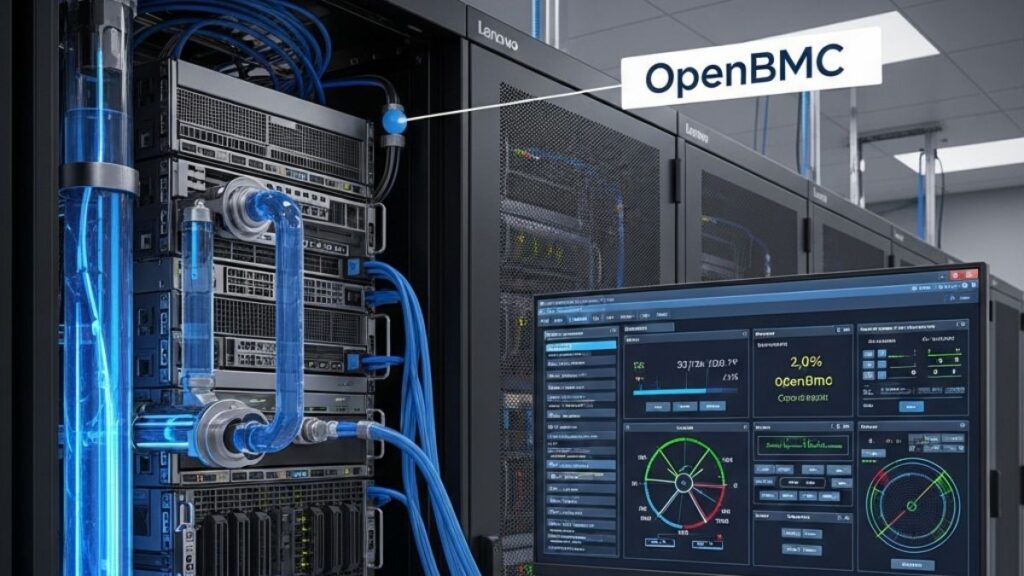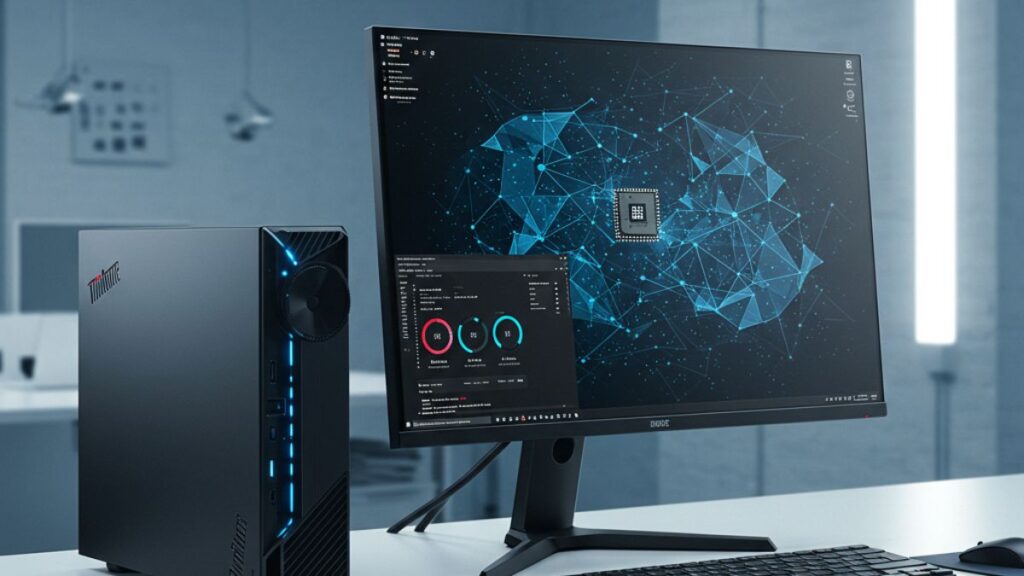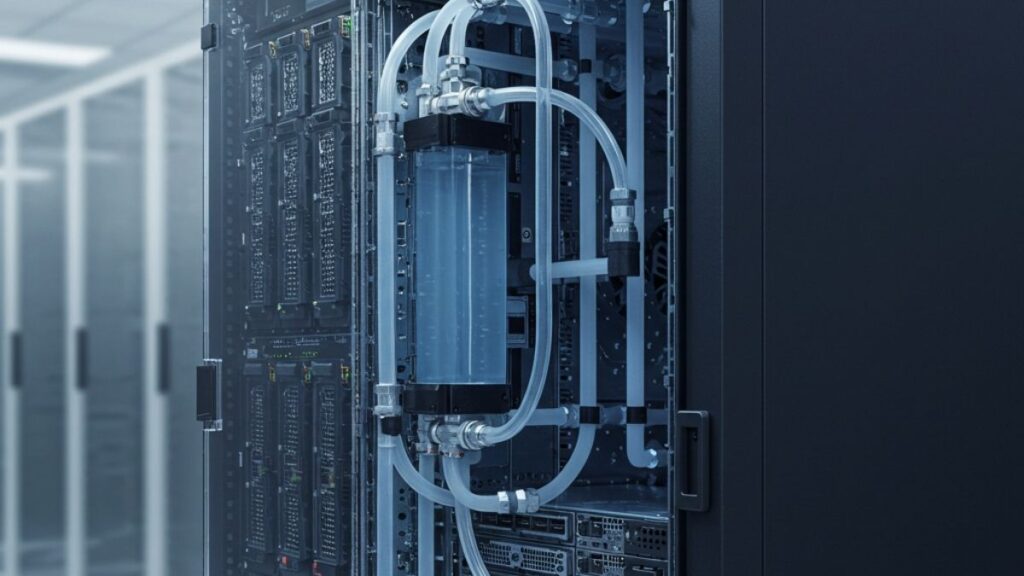Predictability is a great virtue when it comes to business, especially when it comes to evolving or upgrading existing products. That’s one of the reasons that the “tick-tock” of Moore’s Law-derived innovations played so long and so well to Intel’s benefit. Knowing that that Intel (and, less frequently, AMD) had their backs when it came to improving silicon performance, system vendors could focus their attention and investments on enhancing server designs, operational functions and facilities issues.
But what happens when the “tick-tock” of predictable improvements begins to wind down due to material limitations? What can Intel do then to continue helping OEMs and other customers steadily enhance and improve the products they take to market? The company addressed those points emphatically in the recent launch of its new 2nd-Gen Xeon Scalable platform (aka Cascade Lake). Let’s consider what Cascade Lake means to one of Intel’s Tier 1 clients; Lenovo’s Data Center Group (DCG).
Lenovo DCG: refreshed/enhanced
Like other Intel OEM’s, Lenovo announced that it will use the new Xeon solutions to refresh its DCG portfolio, including 15 ThinkSystem servers and five ThinkAgile appliances. As a result, Lenovo can offer clients the incremental-to-significant performance, power efficiency and workload-specific enhancements that are a predictable part of Intel’s next-gen silicon launches.
Those are important for supporting traditional business applications and conventional processes. However, they will also facilitate the development and adoption of new, rapidly evolving workloads, including advanced analytics, artificial intelligence and high-density compute infrastructures.
In addition, one specific feature of 2nd-Gen Intel Xeon Scalable chips—their support for Intel’s Optane DC persistent memory technology—could be particularly critical for and valuable to Lenovo customers. Why so?
According to Intel, Optane DC will enable customers to transform critical data workloads – from cloud and databases to in-memory analytics and content delivery networks by:
- Reducing system restarts from minutes to seconds
- Supporting up to 36 percent more virtual machines per system
- Increasing system memory capacity by up to 2X, or as much as 36TB of memory in an eight-socket system
That last point is particularly important for Lenovo due to the company’s longstanding leadership in memory-intensive computing. The company has long provided the reference architecture for SAP’s HANA in-memory database solutions and technologies, and Lenovo is a leading provider of SAP HANA solutions. The importance of this point was reflected in Lenovo’s announcement that its ThinkSystem SR950 will be the industry’s first eight-socket server to support Optane DC and its 36TB of memory capacity option, making it ideal for demanding SAP HANA environments.
Lenovo is also using 2nd Gen Xeon Scalable silicon to develop new engineered systems for key workloads, including SAP HANA, Microsoft SQL Server and Red Hat OpenShift Containers. These solutions will be verified as Intel Select Solutions, signifying their ability to support superior workload performance, ease of deployment and simplified evaluation.
The company also expects to introduce new Intel Select Solutions for VMware vSAN, Network Function Virtualization Infrastructure (NFVI), Blockchain Hyperledger Fabric, & Microsoft Azure Stack HCI.
Lenovo’s enhancements
This is not to suggest that the benefits of Lenovo’s refreshed portfolio are due entirely to Intel. The new solutions all benefit from the company’s ThinkShield which secures Lenovo devices with oversight of development, supply chain and lifecycle processes.
Along with having unique control over its own global supply chain, the company is also aligned with Intel’s Transparent Supply Chain, allowing customers to locate the source of components in their new systems. In addition, Lenovo oversees the security of suppliers that build intelligent components, making sure they conform to Trusted Supplier Program guidelines and best practices.
Finally, while the new and refreshed solutions can be purchased directly, they are also available through Lenovo’s TruScale, the company’s recently announced consumption-based as-a-service program. TruScale enables customers to use and pay for Lenovo data center hardware solutions without having to purchase the equipment.
Final analysis
To some folks in IT, predictability is a mundane topic that is easily superseded by whatever shiny new object falls off the industry turnip truck. That attitude ignores the fact that for customers, especially businesses that depend on data center systems and other solutions, IT predictability can mean the difference between succeeding, faltering or failing.
Knowledgeable vendors deeply understand that point and do their best to utilize their own and their strategic partners’ innovations to ensure that their products are fully, predictably capable of supporting both existing applications and emerging workloads.
Lenovo obviously isn’t the only vendor benefitting from Intel’s 2nd-Gen Xeon Scalable chips. However, Lenovo’s new/refreshed ThinkSystem and ThinkAgile offerings, and the company’s creative use of Intel’s Cascade Lake provide excellent examples of how this process works and will deliver often profound benefits to Lenovo customers.
- Dell Concept Luna – Inspiring Sustainable Innovations with Circular Design - December 21, 2023
- AI Alliance: IBM, Meta, Dell and 50+ Founding Partners Pursue Open, Transparent and Safe AI Innovation - December 13, 2023
- Dell Technologies: Creative Partnering = GenAI Innovation - November 30, 2023



